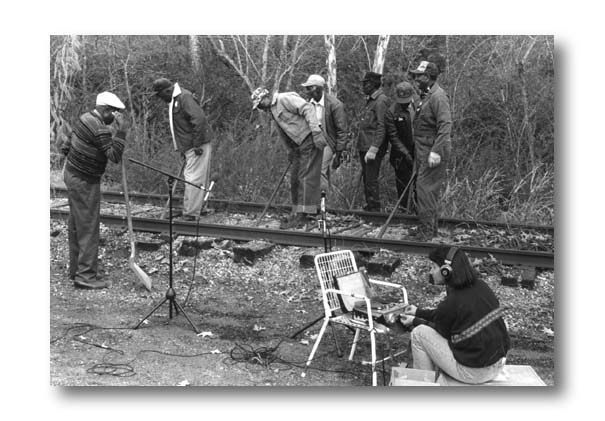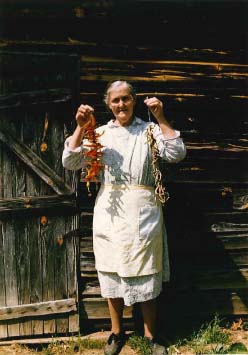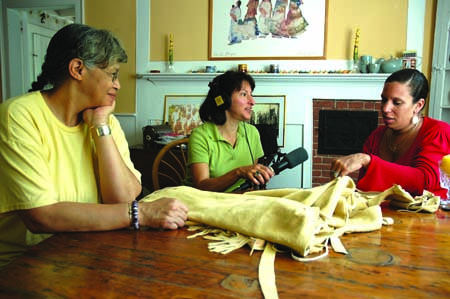
There was a time in the late 1980s, when, as a newly minted folklorist, all the tradition bearers I’d seek out to interview and learn from were decades older than I was — Southern gandy dancers in their 70s and 80s, holding on to the last thread of work song culture; women quilters whose mothers had taught them to recycle old feed sacks and scraps from worn-out dresses; and Irish fiddlers whose venues had changed from crossroads dance halls in Co. Kerry to bars in New York City. These folks were the age of my own grandparents.

Time passed. Contract fieldwork turned into salaried positions at state art agencies. I relocated from the Deep South back home to the Northeast and dug into the folk culture of Massachusetts’ people – Italian feast days, Yankee wooden boat building, Franco-American and Cape Breton fiddling, Polish pysanki and Cambodian dance.

Eight or so years into the work, I began to notice that there were no longer decades of lived experience between the majority of the people I was interviewing and myself. We were, in fact, cohorts in age.

It’s now been 15 years since I came to manage the Massachusetts Cultural Council’s Folk Arts & Heritage Program. A few months ago, I was sitting across from a Nepalese sarangi player, a Tascam DR100 recording device in my hand, listening to him talk of his experience immigrating to the US. There were photos of his young daughter on the wall. It was after I asked him the year he was born that I suddenly realized; “This man is 20 years younger than I am. In fact, so are the last three people I interviewed.”

The arc of any folklorist’s work experience is grounded in time. I’ve gone from being the youngster interviewing elders, to interviewing people of my generation, to the odd sensation of realizing that I am older than many of the people with whom I work. I suppose it is the opposite experience of academic folklorists who, each fall semester, find themselves in classrooms filled with students who never seem to age.
Either way, we all grow older.

How odd. I just walked through the museum I curate and a woman asked “Do you work here.” I said “yeah I’m the Folklorist.” I then went on to tell her most of the people I collect from are younger than I. Exactly the theme of your post. I also had a grey haired man who was teaching fiddle here ask about my playing experiences. I told him that in grad. school I played weekends at a living history farm in Indiana called Conner Prairie and I played with Miles Krassen. He said “you guys were famous before I even started to play fiddle.” This coming from a really gray looking guy that looked twenty years older than I but was 20 years younger. Yup. The age thing.
I’m embarrassed to say this is my first time catching your blog. I found this post very interesting in light of the work that we are doing in Florida. I’m still fairly young, but we are really focused on documenting and sharing the importance of emerging traditions here which is complicated to say the least. As a new folklorist, I’m still trying to navigate that slippery slope of what is traditional and what qualifies as “folk.” It’s still hard to veer away from the old school definition.